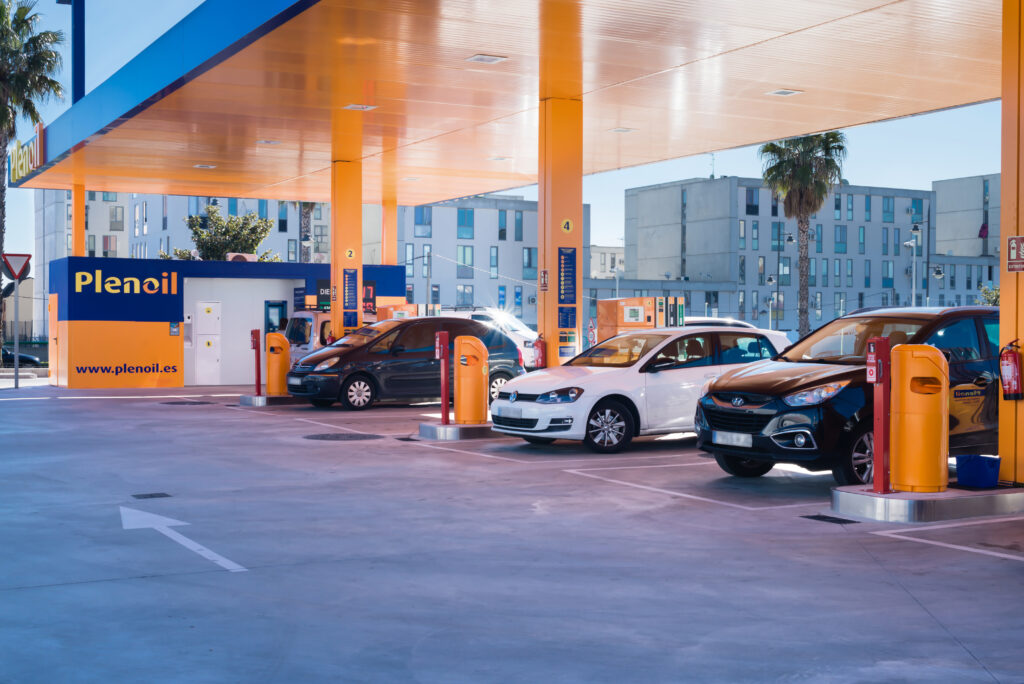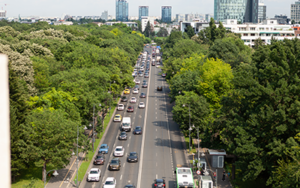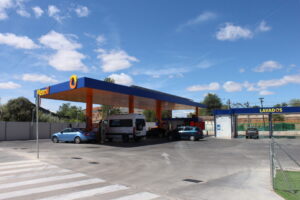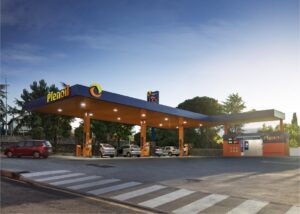Around 2015, automatic gas stations arrived in Spain and revolutionized the petroleum sector. Since then, companies have fought against the rumor of being “ghost” gas stations where there is no on-site staff to assist customers. Another challenge these companies face is user safety during refueling. Both claims are not supported by facts, as, for example, at Plenoil, they do have on-site staff to assist customers, and they have a security center that provides remote assistance 24 hours a day. But, how does security work at Plenoil gas stations? Plenoil’s National Project Manager, Alejandro Marco, emphasizes that the refueling units are divided into three categories: assisted, unattended, and self-service. In the case of Plenoil, he states that they are not unattended because they have staff during most of the daytime hours. Additionally, throughout the day, the customer can contact the alarm receiving center if necessary, so they are remotely attended.
Security at Gas Stations
To contact the center, it is only necessary to call the intercom placed in the booth, and an agent will assist through voice communication and sometimes through video calls. This bidirectional element can help in case of any altercation or problem at the refueling unit. Moreover, the center can act on its own if a problem is observed at the gas station, be it an altercation or the beginning of a fire. Plenoil gas stations have two types of security:
- Anti-theft security.
- Fire prevention security.
The procedure to be followed by the center is to notify both the company’s responsible personnel to attend the gas station where the incident occurred and the police and civil guard. In the event that the customer discovers the incipient fire, they can contact the center, and they would activate the automatic extinguishing system. In addition, the gas stations have a temperature sensor that detects the fire, triggering the operation of the extinguishing agent that comes out from the bottom of the islands. The center is active 24 hours a day, so if any illegal or dangerous activity is observed, the agents would activate a message warning the user of the danger.
Classified Areas
The areas within a refueling unit depend on the operation and are divided into:
- Pit area where the supply positions are also located.
- Car wash area.
- Canopy area.
- Access area.
- Totem area.
According to the IP04 regulation, there are several classified areas depending on the possibility of generating explosive atmospheres near certain areas such as areas near the dispenser, near the discharge port, at the tank entrance, and in the vents. In these areas, classified zones are generated, and the low-voltage electrical regulations indicate that if an electrical element is to be placed near classified areas, it must meet a series of requirements, such as in wiring, mechanical elements, or be governed by recommendations to avoid any type of risk.
Zone 0
An explosive atmosphere will always be generated as it is underground and is where the fuel is located.
Zone 1
There may be an explosive atmosphere depending on whether there is a leak or not. To make changes in this area, it is necessary to use spark-proof tools to comply with all safety measures. In addition, in this area, there are dispensers that must meet specific requirements by ATEX regulations, and the wiring must be special.
Zone 2
It is very unlikely that there is an explosive atmosphere since it is the 20 centimeters between Zone 0 and Zone 1.





